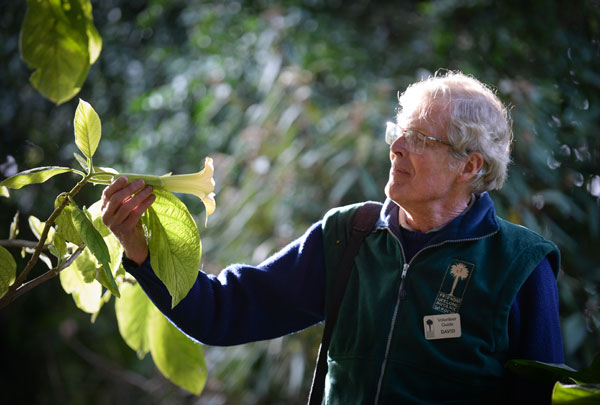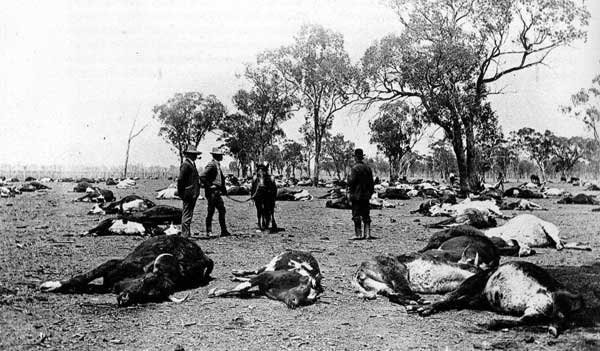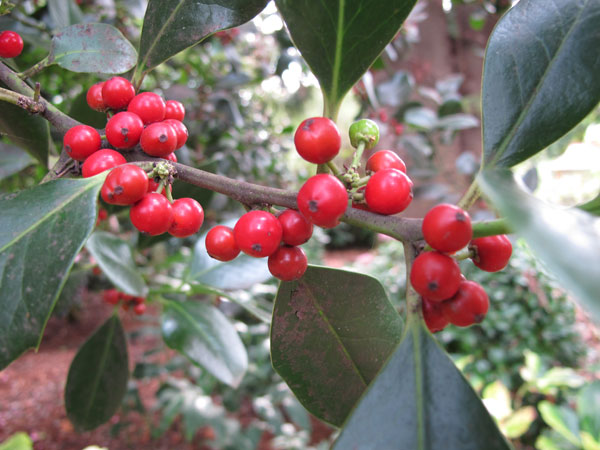One man’s plant is another man’s poison. JOHN VAN KLAVEREN discovers the deadly species growing in local backyards.
You may never look at your garden the same way again.
Most of us don’t know it but around half of our common garden plants are poisonous, says Friends of the Geelong Botanic Gardens expert David Johnson.
But before you start pulling plants out holus bolus, David adds that it all depends of the dose.
“Even what we know as a poisonous plant is only detrimental in large doses. In small amounts it can actually be beneficial,” he smiles mysteriously.
David guides GC on a private tour of Geelong’s lauded botanic gardens, identifying poisonous plants – including some we eat or drink.
He points out a series of sinister plants, some containing caffeine – the world’s most-used drug – or various forms of citrus, that we wouldn’t otherwise think twice about consuming.
“Citrus oil extracted from the fruit’s skin is used to flavour Earl Grey Tea and it’s fine if used in tea but if it’s applied to skin and exposed to the Sun it can cause cancer,” David explains.
Tapioca has been a long-time pudding favourite but it’s derived from the roots of the cassava plant, producing deadly cyanide if prepared incorrectly.
Similarly the pith of the sago palm, a member of the cycad family, is used for starch but is actually one of the most poisonous plants ever eaten.
The palms’ male and female plants, commonly sold in nurseries, produce a range of chemicals including toxic agent cycasin, for which there is no antidote.
The plant is particularly poisonous to animals, with incidents involving pets rising in recent years.
Plants use their toxicity for protection, David explains.
“It may be to avoid being eaten or it may be aimed at nearby plants as a means of reducing competition for space or nutrients in a particular area.”
Pretty red berries are another warning, David points out.
More in the latest Geelong Coast Magazine – out now.










